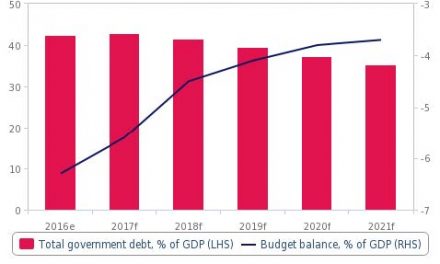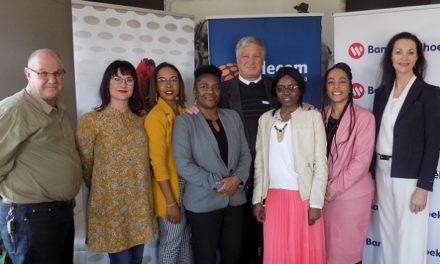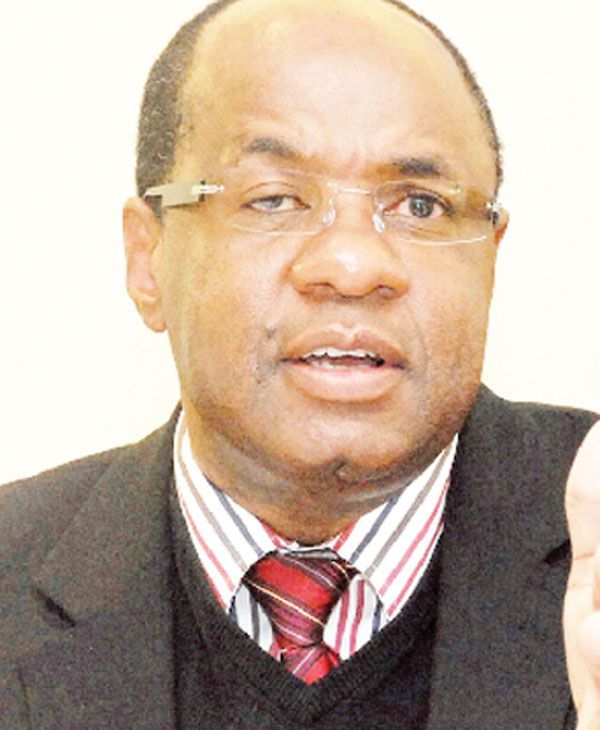
Policymakers urged to formulate comprehensive and country specific blue economy plan

The current blue economy strategy outlined in the 5th National Development Plan (NDP5) is ambitious and might be unattainable over its 2017-2022 timeline, unless drastic measures are taken, a report by the Institute for Public Policy Research (IPPR) stated.
By 2022, the NDP5 aims to have the country implement a blue economy governance and management system that sustainably maximizes economic benefits from marine resources and ensures equitable marine wealth distribution to all citizens.
However, the IPPR report titled ‘Toward a Blue Economy: Harnessing Namibia’s Coastal Resources Sustainability’, argues that this target timeline is ambitious for such a complex subject.
Research Associate at IPPR, Dietrich Remmert, in the report suggested that policymakers undertake a thorough, data-driven, self critical and consultative process to realise the NDP5 targets.
He added that Namibia’s existing framework for environmental legislation and relevant policies such as the National Policy on Coastal Management should be used as a departure point.
Remmert stressed that efforts should be directed towards collecting and sharing data, especially about the country’s natural resources and possible impacts of climate change on Namibia’s ocean economy.
The report further outlined that there is an urgent need to rectify deficiencies that face coastal towns in that they lack capacity, resources and strong mandates to address issues of urbanisation, proper urban planning, local environment management and waste management, among others.
Giving more attention to the neglected policy of decentralisation is suggested to address these issues.
Remmert added that the local blue economy should place more emphasis on environmental protection, monitoring and rehabilitation.
“As environmental degradation and economic growth become more and more relevant, Namibia’s state needs to deepen and widen the discussion around what constitutes sustainable development, how it should be measured and how it can be secured over the long term,” Remmert added.
Meanwhile, SADC member states like Seychelles and Mauritius have developed blue economy strategies and institutional mechanisms at national level.
In 2018, the SADC Secretariat announced plans to commission a study on opportunities and threats to the SADC Blue Economy Initiative.
Caption: Namibia’s coastline stretching from the mouth of the Kunene River in the north to the mouth of the Orange River in the south stretches 1 570 kilometres, linking 12 000 square kilometres of windswept ocean to almost 110 000 square kilometres of desert desolation.













































